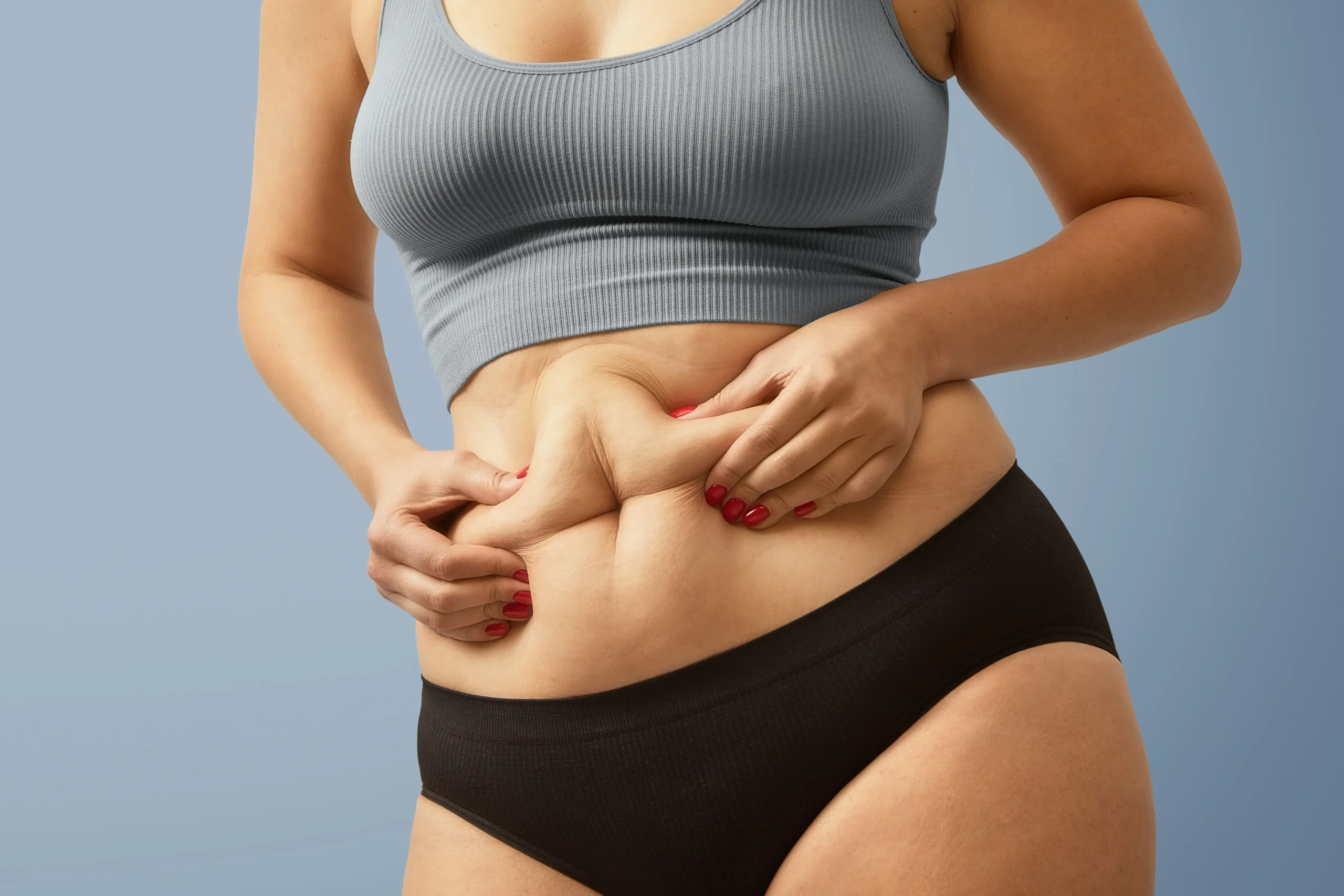
Fat transfer, also known as autologous fat grafting, is a cosmetic procedure that uses your body’s own fat to restore volume, improve contours, or enhance specific areas. Fat is gently removed from donor sites such as the abdomen, thighs, or flanks, purified, and carefully injected into areas that need volume or rejuvenation.
This technique offers a natural alternative to synthetic fillers or implants, with the added benefit of slimming the donor area.
You may be an ideal candidate for fat transfer if you:
Have unwanted fat in areas like the abdomen, flanks, or thighs
Desire natural-looking volume enhancement
Are in good general health and don’t smoke
Have realistic expectations about results
Prefer minimally invasive alternatives to synthetic fillers or implants
Fat transfer is versatile and can be performed in both aesthetic and reconstructive contexts. The most common treatment areas include:
Swelling and mild soreness in both donor and injection sites
Early results begin to show, but some fat is reabsorbed naturally
Fat cells begin to stabilize
Volume becomes more consistent
Bruising subsides, and mobility fully returns
Final results are visible by 3–6 months
Transferred fat that survives remains permanently
Skin quality often improves due to regenerative effects of fat
One
Local anesthesia
Immediately
7 days
None
* For informational purposes only, be sure to consult your doctor for diagnosis and treatment.
Roughly 60–80% of transferred fat typically survives. The rest is absorbed within a few weeks. Once stabilized, the result is permanent.
Yes, but it depends on available donor fat. Even slim individuals often have sufficient fat in areas like the thighs or flanks.
Absolutely. During consultation, you’ll discuss your priorities and the specific zones to enhance based on your goals and anatomy.
In many cases, yes. Fat offers a natural, long-term alternative to dermal fillers and is ideal for patients wanting organic, subtle results.
Yes. Fat behaves like natural body fat—significant weight loss can reduce volume in grafted areas.
Most patients resume light activities within 5–7 days. Full recovery depends on treatment areas and volume transferred.
Yes. Fat grafting is widely used to correct facial or body asymmetry, including post-liposuction irregularities and contour defects.
Risks are low when performed by qualified professionals. As with any surgery, risks include infection, over-absorption, or fat lumps, which are rare and treatable.

Medipol University Hospital, being the justifiably proud of Medipol Education and Health Group in Turkey and in the world, resulting in this spirit, is a health complex having JCI standards accepting patients from all over the world.
TEM Avrupa otoyolu göztepe çıkışı no:1, 34214 Bağcılar/İstanbul